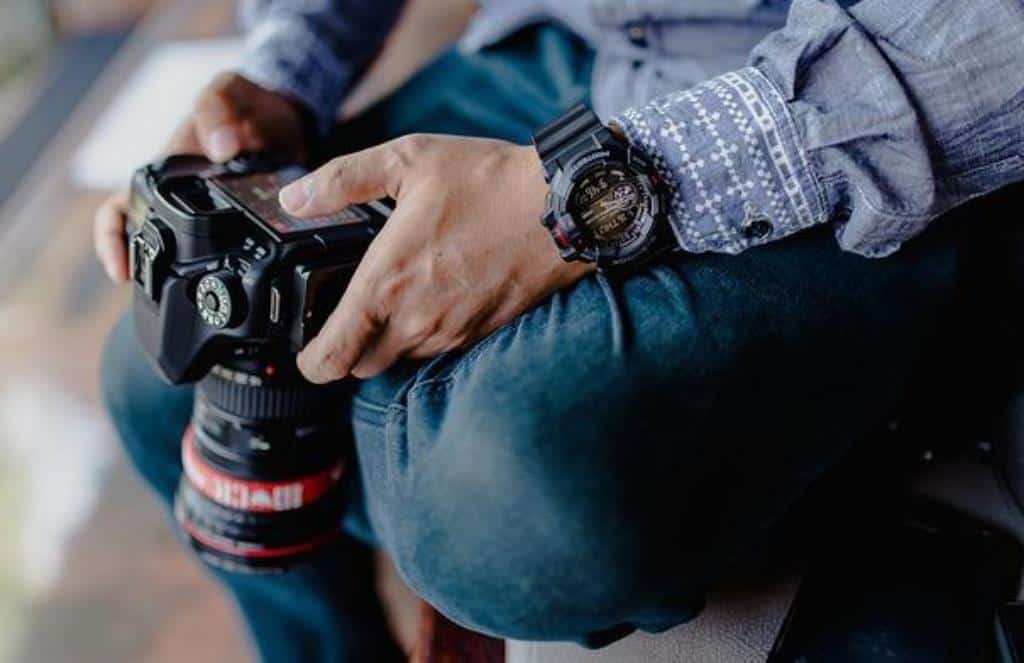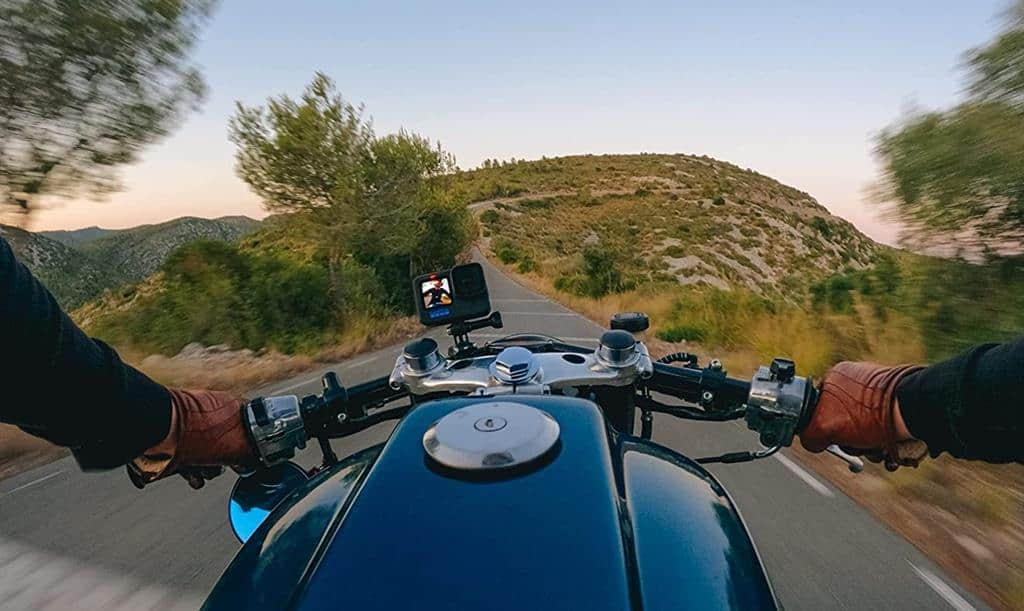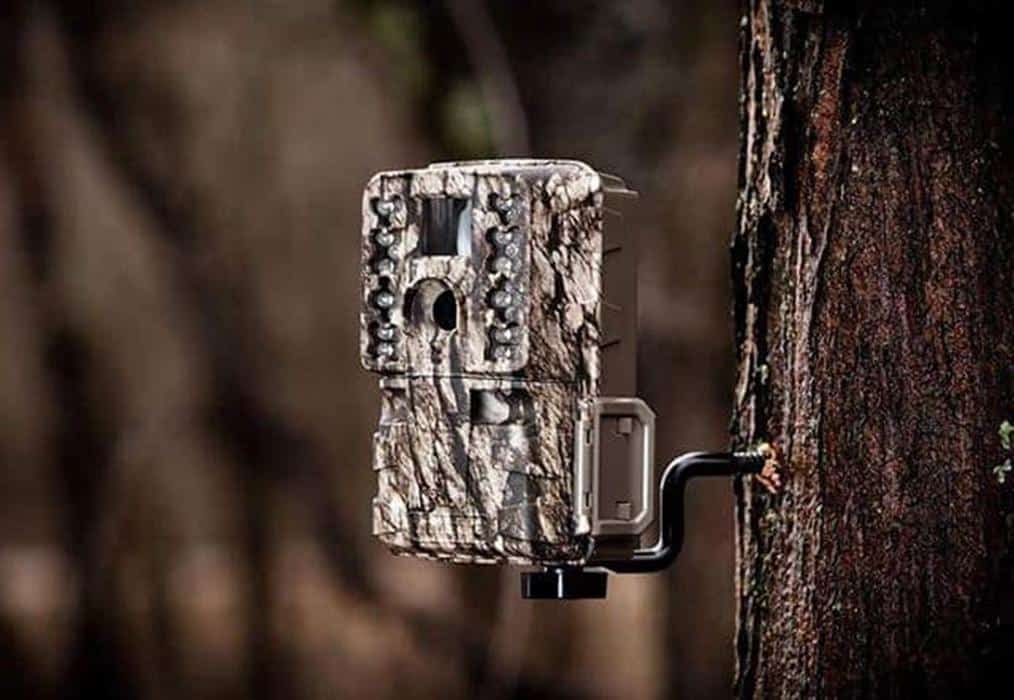White balance is a setting in digital cameras used to remove unrealistic colors in images to ensure that what is white in the scene appears white in the photos. White balance counters the influence of temperature and stray lights in the scene on the color of the photos. The actual color of the objects may be affected by the temperature at the scene and the different forms of lights at play in the surrounding resulting in an unrealistic color cast that may give picture colors different from those in the scene.
The camera sensor creates image color based on the color temperature detected at the sources. If several lights act on the object, the sensor may wrongly interpret these lights to get colors not present on the object. The only way we can remove these starry colors in our photos is by using the white balance. With this setting, the color that appears on the photo is the actual color of the photographed objects.
Color Temperature Meaning
Color temperature is an important term that any photographer should know. Color temperature measures characteristics of light expressed in a range of numerical values referred to as kelvins(K). Each light has a specific color temperature decoded into specific colors by the camera. On one end, the system has warm colors and cold colors on the other end. Lower numerical value denotes warm colors such as yellow and higher values stand for cold colors such as the blue sky.

Understanding the color temperature of a given light allows you to use the correct white balance setting to determine which color should appear true white in the photo. If you are using natural light with a known color temperature of 5500 K, you need to set the white balance in your camera at 5500k to ensure that the color at the scene is the ones produced in the photos.
Once you determine the white balance, the camera makes any light with higher kelvins to appear calm, and any light lower in Kelvins than white balance appear warmer. This setting brings the desired color effect to your photos.
Two Types of White Balancing
White balance is applied either when taking photos (in-camera) or after taking the photos (post processing). You set the correct white balance on your camera before taking the photos in in-camera white balancing. In contrast, in post processing white balancing, you edit your photos using suitable software after photographing.
How To Adjust The White Balance For In-camera Balancing
White balancing can be done manually or automatically on the digital camera. Your camera automatically adjusts according to the scene’s light in auto white balance. Manual white balancing requires you to manually set the light source’s Kelvin values.
1. Auto White Balance (AWB)setting
Auto white balance settings in your camera scan the scene and select the whitest part as the white balancing reference. Your camera has daylight, cloudy, tungsten, shade, fluorescent and custom white balance presets for the white balance. You, therefore, need to know when to use each of these settings when shooting your photos.
Daylight Mode:
Use this setting when outdoors when it’s sunny. Daylight white balance has a color temperature value of about 5200 K and is suitable for outdoor shooting around noon.
Cloudy Mode:
Set your camera to a cloudy setting if you shoot outdoors when clouds cover the sun. It has a color temperature of about 6000K.
Custom Mode:
This setting allows your camera to select an area that should remain neutral white in the scene by calculating the shift required to make it white. This mode is useful when you have a challenge with lighting as it allows you to in the white regions of your scenes.
Shade mode:
This white balance setting with a color temperature of about 7000K is suitable when shooting in areas with slight shadings, like under trees. It may, however, not work well with thick shades.
Tungsten mode:
This setting has a color temperature of about 3200K and is used in areas where artificial yellow lights dominate. If you are shooting in a scene where tungsten lamps are used for lighting, consider this setting.
Fluorescent mode:
The setting with a color temperature of about 4000K is suitable for areas where fluorescent lights are used for illuminating the objects. This setting is used sparingly due to fluorescent lights’ fickle nature that keeps changing color temperatures over time.
If you can correctly use the white Auto White Balance setting in your camera, you will have an edge in photography by producing quality photos.

2. Manual White Balance Setting
Manual white balancing comes in handy when white auto balancing is not giving the desired results. A manual white balance setting can be done in your camera without struggle. You can set the white balance manually in two ways.
First method
Point your camera at an object you think is the whitest and then press the shutter button to activate white balance on the camera. The camera will use this setting to balance all other colors in the scene.
Second method
Know the light’s color temperatures in the scene you are shooting to know what kelvin value you will set in your camera. If you are not sure about the kelvin value of your light source, take a few test shots and keep adjusting the kelvin value until you get the right one. Set the correct white balance kelvin value on your camera and continue with your shooting.
Conclusion
White balancing is an essential setting in your camera that can give your photography an edge by cleating photos that look exactly like the objects in the scene. It helps remove unrealistic colors in your photos by neutralizing so warm or so cold colors around the neutral white reference.
This article explains how you can adjust the white balance in your camera to ensure you deliver quality work. We hope you will not be overlooking ng this setting when shooting your photos next. It will for sure revolutionize your photography.



